Posts Tagged: Lantana
Coming in on a Wing and a Prayer
You've heard the expression, "On a wing and a prayer." It apparently originated during World War II. Remember the 1942 film, "The Flying...
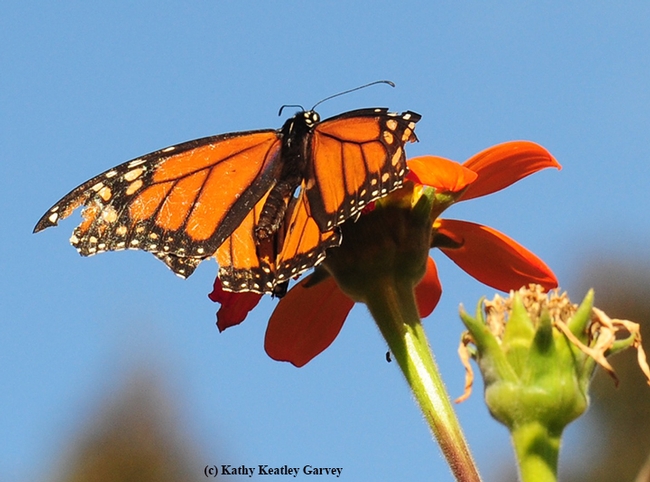
A tattered monarch makes a refueling stop on a Tithonia in Vacaville, Calif. (Photo by Kathy Keatley Garvey)
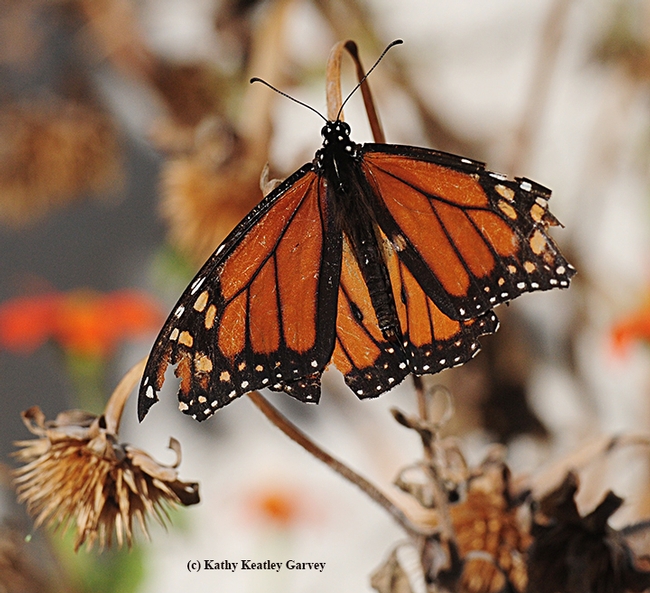
Wings are shredded and scales slashed, but this male monarch still flies. Here it pauses to soak up some sunshine. (Photo by Kathy Keatley Garvey)
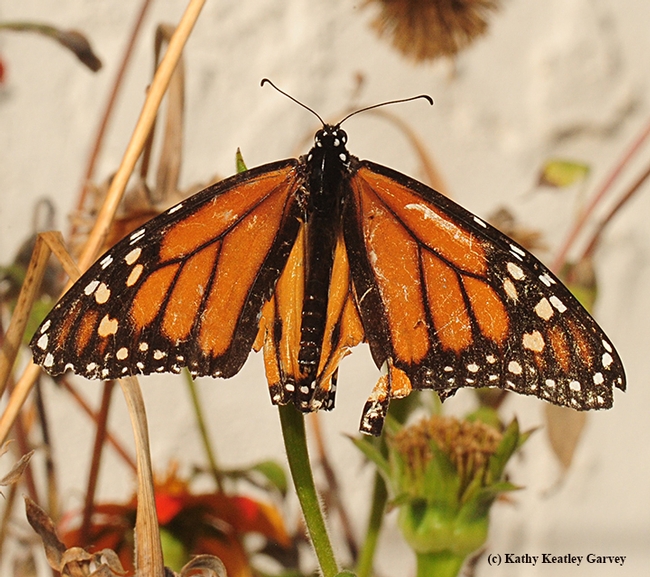
A predator missed--but a miss is as good as a mile. (Photo by Kathy Keatley Garvey)
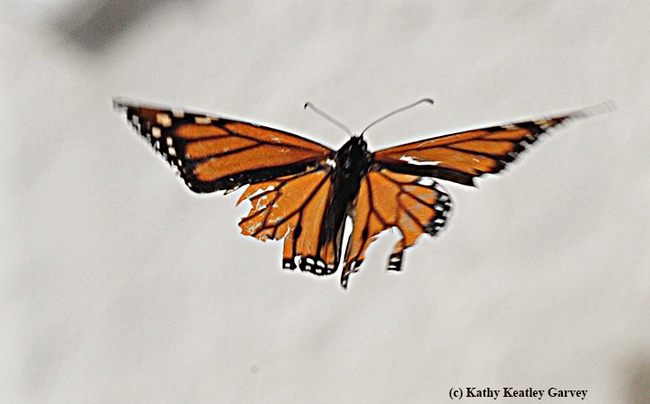
A migratory monarch, after sipping some flight fuel in Vacaville, Calif. takes off "on a wing and a prayer," heading for an overwintering site along the coast. (Photo by Kathy Keatley Garvey)
How's Your Front Yard Looking?
How's your front yard looking? A little bit brown due to the drought? Thinking of replacing some of your plants with drought-tolerant ones? And...
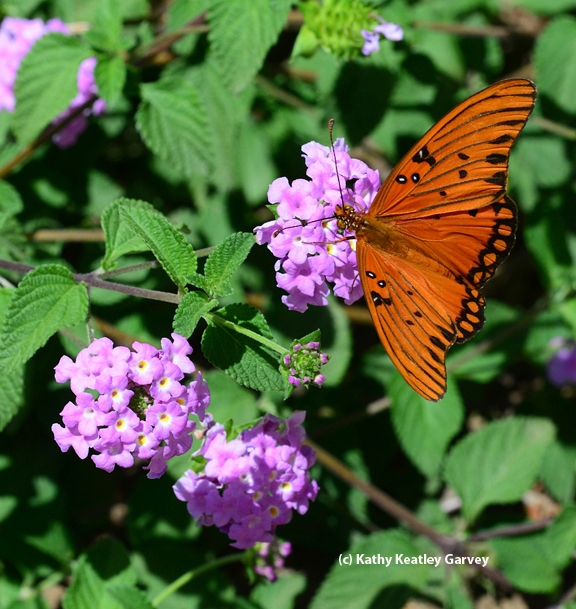
A Gulf Fritillary butterfly on purple lantana. (Photo by Kathy Keatley Garvey)
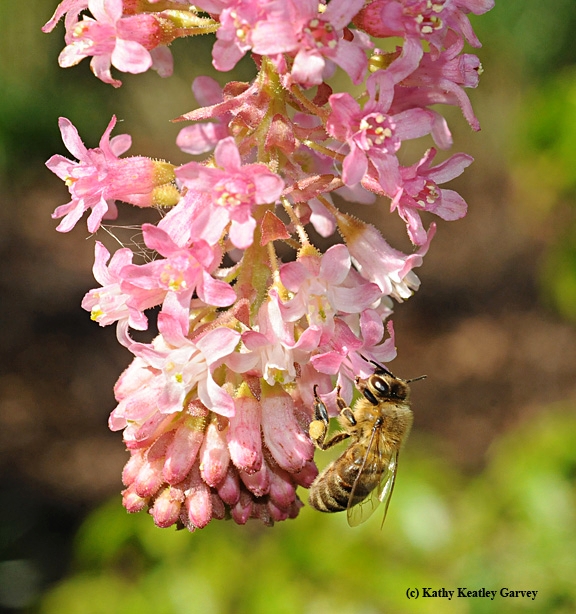
A honey bee on pink chaparral current. (Photo by Kathy Keatley Garvey)
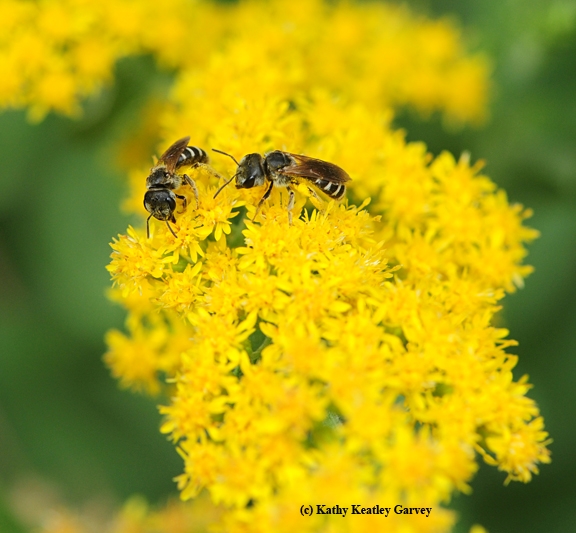
Sweat bees (Halictus ligatus) on goldenrod. (Photo by Kathy Keatley Garvey)
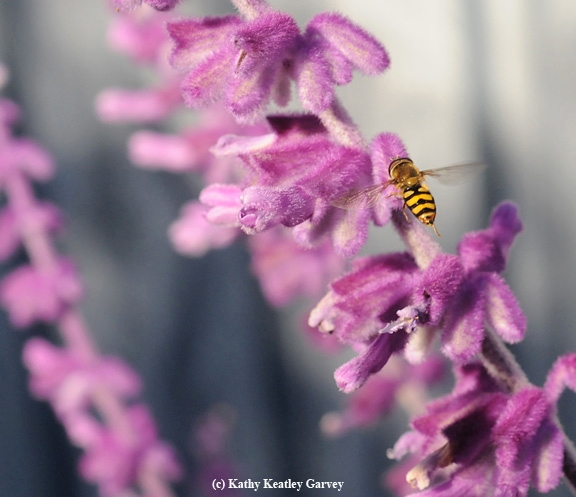
A syrphid fly, aka hover fly and flower fly, on Russian sage. (Photo by Kathy Keatley Garvey)
So Beautful, So Exquisite
There's something about seeing a butterfly that makes your eyes light up, your smile widen, and your feet feel like skipping. Nature's...
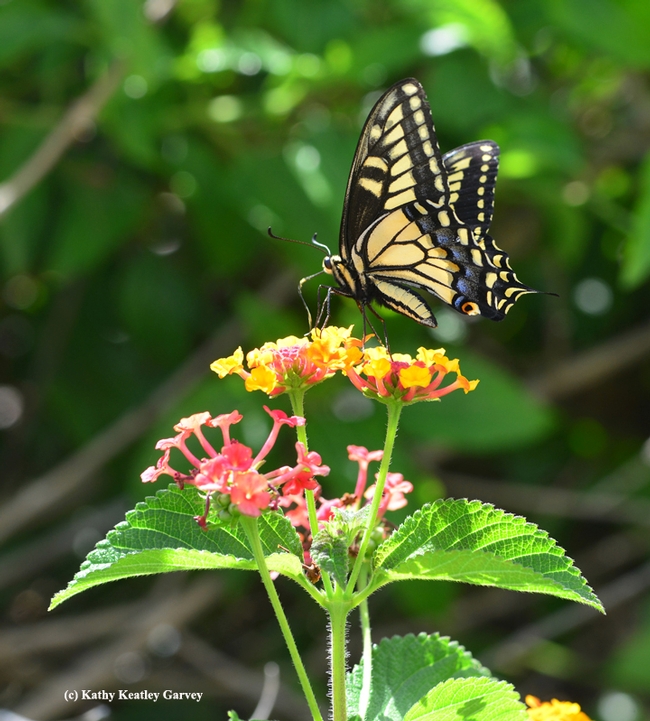
Anise swallowtail foraging on lantana. (Photo by Kathy Keatley Garvey)
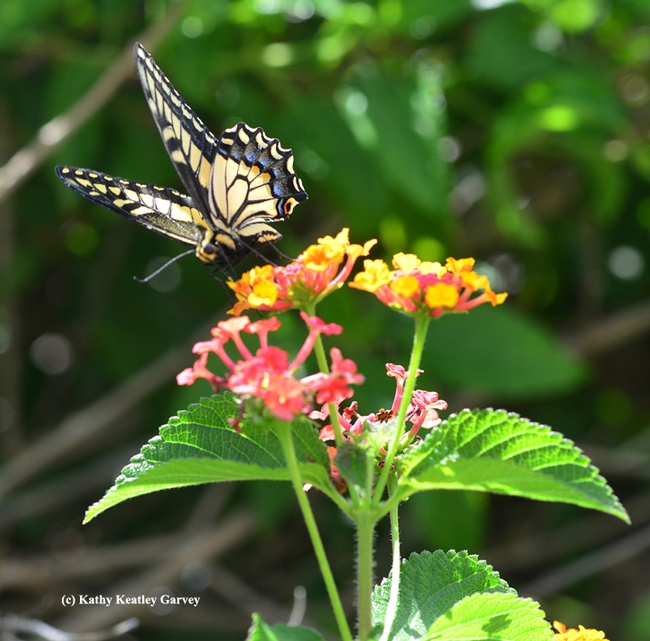
Anise swallowtail about to take flight. (Photo by Kathy Keatley Garvey)
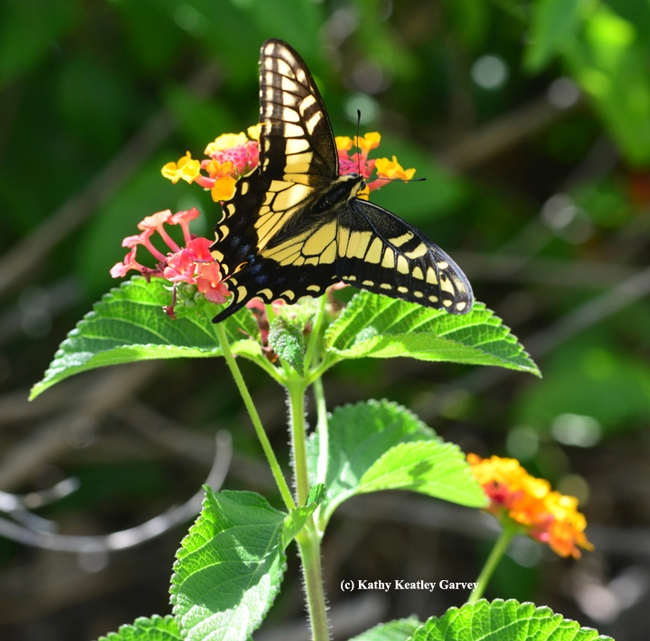
Anise swallowtail spreads its wings. (Photo by Kathy Keatley Garvey)
Cold Weather Ahead
In a couple of days, we will be moving back to Sonoma County, so this will be my final blog for the Solano Program. We will miss being in this nearly frost-free climate of zone 17, but we are happy to be back in a forested rural area. Our home in Occidental is in Sunset’s zone 15, where winter temperatures can dip into the upper 20’s during a cold snap. The New Sunset Western Garden Book shows a detailed climate zone map of the entire Bay Area (pages 32,33), including the inland Delta areas. Aside from the milder zone 17, Solano County includes a big chunk of zone 15, 14, and 9, which is near Vacaville.
Companion Planting
One way to beat the frost is to plant the most sensitive plants, like Lantana (Lantana camera) with some other more frost hardy plant, like California lilac (Ceonothus spp.) (see photo), seen cascading over a retaining wall in my neighborhood. The evergreen foliage protects most of the sensitive parts of the Lantana as an unexpected symbiosis.
Bougies to Go
For those of you like me who can’t stand to go without a Bougainvillea (Bougainvillea spectabilis), my solution to zone 15 living is to pot them, which makes them portable and easily placed in a protected place during a frost alert. (see photos)
Break out the Frost Covers
And yes, I’ve found that you can have avocados (Persea americana) in zone 15. But you do have to keep the frost covers handy during the coldest months. We have two at our Occidental condo, and I got the hardiest ones I could find: ‘Mexicola’, which is very cold hardy to 20 degrees F. The Meyer lemon (Citrus x meyeri) is also a favorite of mine. It’s best to get early ripening varieties in frost prone areas, because fruit is damaged at several degrees below freezing. However, frost covers can raise the temperature by 6 degrees, which often is just enough to protect the fruit.
Late Blooming Apricots
I had given up on trying to grow apricots (Prunus armeniaca) in zone 15, but recently I found two late blooming varieties: ‘Harcot’, and ‘Harglow’. The latter is also disease resistant. So, I’ll be putting one or two dwarfs in, in another month or two.
Enjoy this beautiful fall weather.
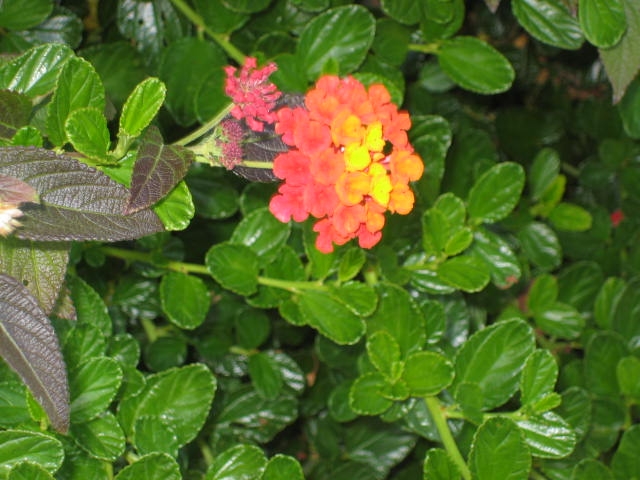
Lantana protected by Ceanothus. (photos by Bud Veliquette)
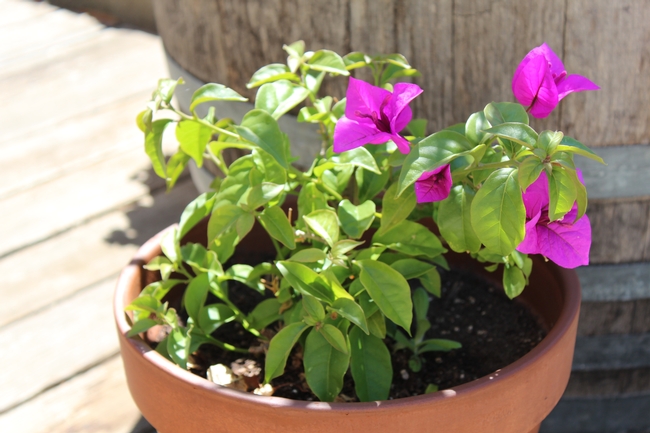
Bougainvillea beauty in a pot.
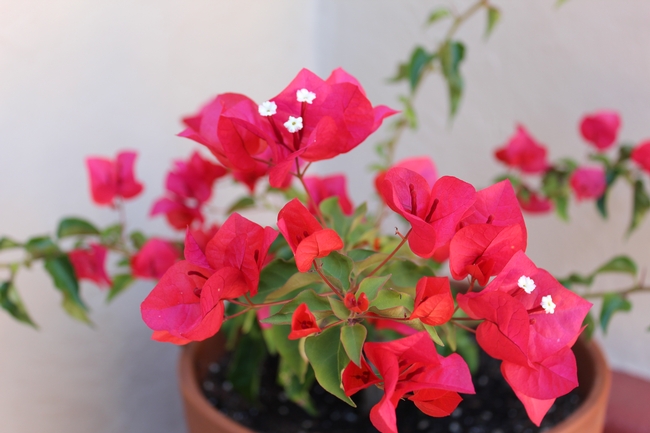
Another bougie!
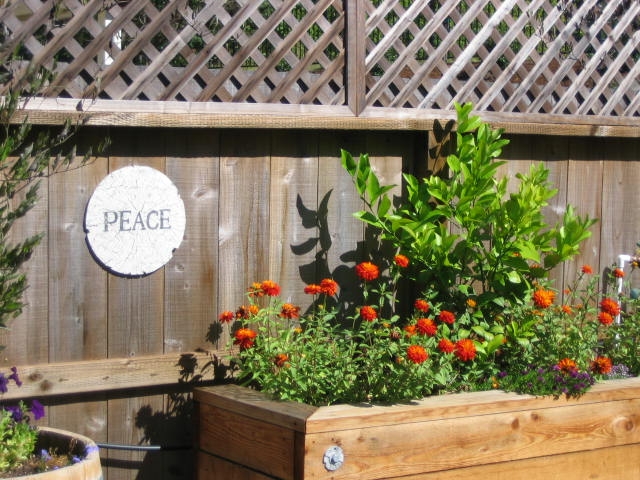
Citrus in a raised bed surrounded by Zinnia.
That's One Beautiful Butterfly
First the lantana, and then the passion flower vine. The Gulf Fritillary butterflies (Agraulis vanillae) flutter daily around our backyard. They...
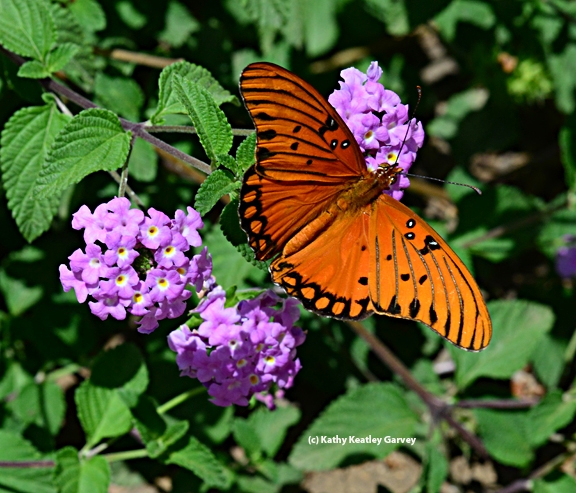
Gulf Fritillary butterfly on lantana. (Photo by Kathy Keatley Garvey)
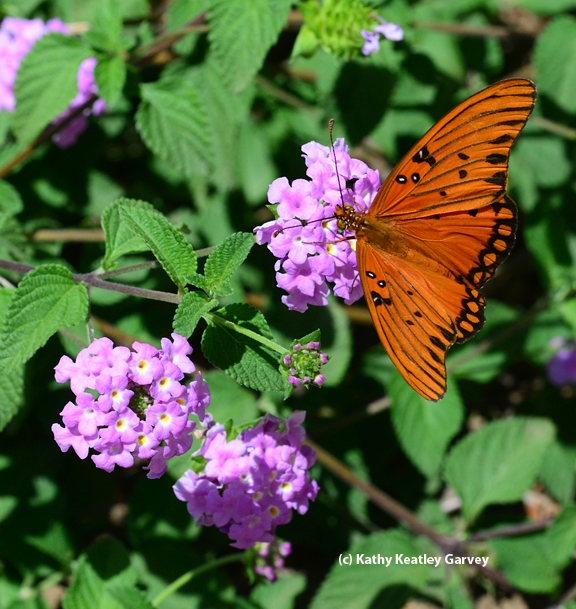
Another view of the Gulf Fritillary. (Photo by Kathy Keatley Garvey)
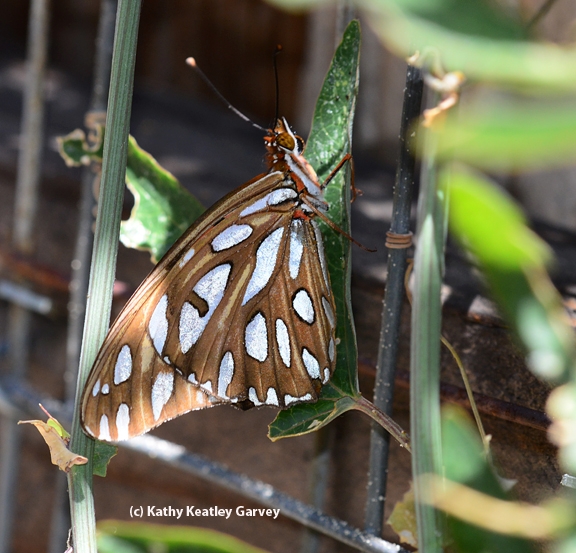
Side view (underside) of Gulf Fritillary about to lay an egg on a passion flower vine. (Photo by Kathy Keatley Garvey)

